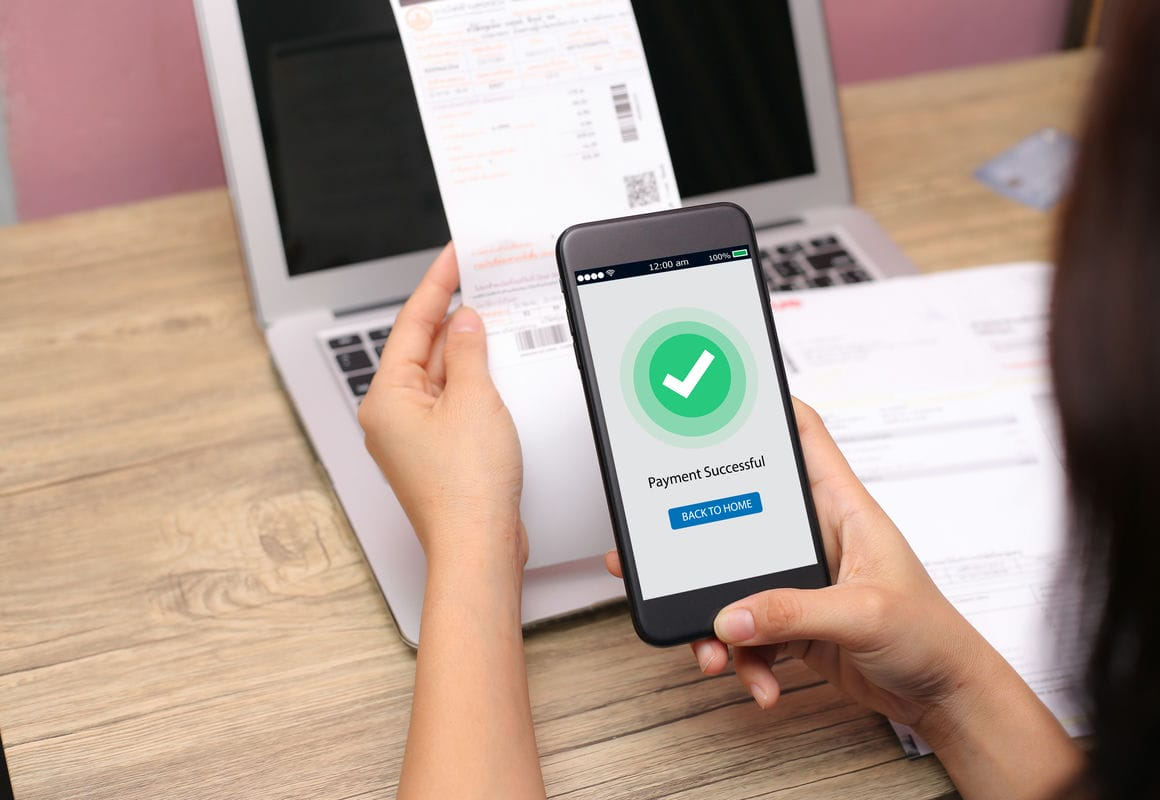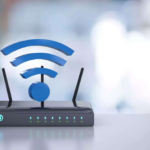Introduction to Usage-Based Billing
Usage-based billing, also known as metered billing or consumption-based pricing, is a billing model where customers are charged based on their actual usage of a product or service. This model has gained immense popularity in industries such as telecommunications, cloud computing, utilities, and SaaS (Software as a Service), providing both businesses and consumers with a flexible and cost-efficient pricing structure.
In this comprehensive guide, we will explore the fundamentals of usage-based billing, its benefits, challenges, implementation strategies, and how it compares to other billing models. Additionally, we will examine real-world examples of businesses leveraging this model to enhance customer satisfaction and revenue growth.
Fundamentals of Usage-Based Billing
Usage-based billing operates on the principle of charging customers according to their consumption. Businesses using this model measure usage through various metrics such as data consumption, transaction volume, API calls, compute hours, or bandwidth usage. Some key characteristics of this model include:
- Scalability: Customers can scale their usage up or down based on demand, ensuring they only pay for what they use.
- Flexibility: Different pricing tiers can be established based on consumption patterns, allowing businesses to cater to a diverse customer base.
- Transparency: Customers can track their usage in real-time, leading to a more transparent billing process.
- Recurring Revenue Potential: Unlike one-time payments, usage-based billing allows for predictable recurring revenue.
Benefits of Usage-Based Billing
1. Cost Efficiency
One of the primary advantages of usage-based billing is cost efficiency. Customers only pay for what they use, eliminating the need for flat-rate pricing that may not align with their actual consumption.
2. Customer Satisfaction
This billing model enhances customer satisfaction by offering flexibility and control over expenses. Businesses can attract more customers by providing affordable entry-level pricing while scaling charges as usage increases.
3. Revenue Growth Opportunities
Companies can increase their revenue by accommodating a broader range of customers, from small-scale users to enterprise-level consumers. This model also encourages upselling and cross-selling opportunities.
4. Reduced Churn Rates
Since customers can optimize their usage without being locked into rigid plans, they are less likely to churn. This is especially beneficial for SaaS and cloud service providers.
5. Enhanced Resource Allocation
Businesses can efficiently allocate resources based on real-time demand, improving operational efficiency and reducing wastage.
Challenges of Usage-Based Billing
Despite its numerous advantages, implementing usage-based billing comes with challenges such as:
- Complexity in Tracking Usage: Businesses need robust tracking mechanisms to measure customer usage accurately.
- Billing Disputes: Customers may contest their usage records, necessitating transparent reporting and dispute resolution mechanisms.
- Predictability of Revenue: Unlike fixed pricing models, revenue can fluctuate based on customer usage, making forecasting challenging.
- Infrastructure Costs: Implementing a metered billing system requires investment in technology and billing software.
Implementing Usage-Based Billing
1. Defining Usage Metrics
Before implementing usage-based billing, businesses must determine the appropriate usage metrics that align with their service offerings. Examples include:
- Data usage (GB, MB) – for cloud storage providers
- Transaction volume – for fintech services
- API calls – for SaaS platforms
- Compute hours – for cloud infrastructure providers
2. Selecting the Right Billing System
Businesses need an advanced billing system capable of tracking, aggregating, and invoicing usage in real-time. Key features to look for in a billing system include:
- Automated metering and tracking
- Real-time usage dashboards
- Flexible pricing configurations
- Seamless integrations with CRM and accounting software
3. Transparent Pricing and Communication
To prevent billing disputes and enhance customer trust, businesses should provide clear pricing structures, real-time usage reports, and detailed invoices.
4. Compliance and Data Security
Usage-based billing requires handling sensitive customer data, making compliance with data protection regulations (GDPR, CCPA) essential.
Comparison with Other Billing Models
| Billing Model | Description | Pros | Cons |
|---|---|---|---|
| Flat-Rate Pricing | Customers pay a fixed amount regardless of usage. | Simple, predictable revenue. | Can lead to overpayment or underutilization. |
| Tiered Pricing | Different pricing levels based on usage brackets. | Allows segmentation, accommodates different needs. | May not offer complete flexibility. |
| Pay-As-You-Go (Usage-Based) | Customers are charged based on actual usage. | Fair pricing, encourages scalability. | Complex tracking, revenue unpredictability. |
| Subscription-Based | Customers pay a recurring fee for access. | Predictable revenue, stable customer base. | Less flexible for low-usage customers. |
Industries Leveraging Usage-Based Billing
Several industries benefit from usage-based billing, including:
- Telecommunications: Mobile carriers charge based on data usage and call minutes.
- Cloud Computing: Providers like AWS and Azure charge based on compute and storage usage.
- SaaS: API-based pricing models, where customers pay per API call.
- Utilities: Electricity, water, and gas companies charge based on consumption.
- Streaming Services: Pay-per-view models in digital entertainment.
Future Trends in Usage-Based Billing
As businesses continue to embrace digital transformation, usage-based billing is expected to evolve. Key trends include:
- AI-Driven Billing Optimization: AI and machine learning will enhance predictive billing models, helping businesses anticipate customer usage patterns.
- Blockchain for Transparent Billing: Blockchain technology can improve billing transparency and reduce disputes.
- IoT-Enabled Metering: IoT devices will facilitate real-time consumption tracking, especially in utilities and smart city applications.
- Hybrid Billing Models: A combination of subscription and usage-based billing will provide customers with greater flexibility.
Conclusion
Usage-based billing is revolutionizing pricing models across industries by offering fair, transparent, and scalable pricing structures. While it presents certain challenges, businesses can overcome them with the right strategies, technologies, and customer communication. As digital transformation accelerates, this model will continue to shape the future of billing, making it essential for companies to


